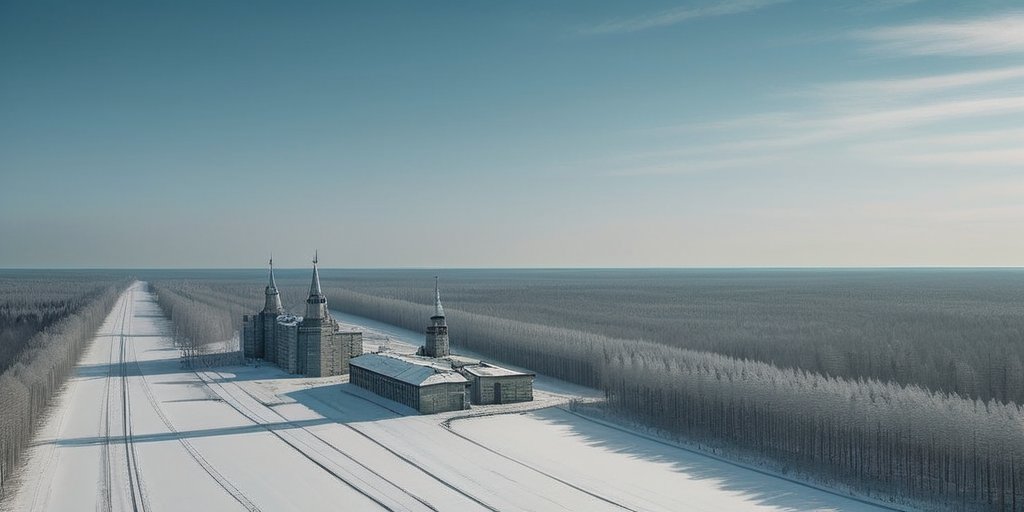In a significant diplomatic gesture, Prince William has embarked on a two-day visit to Estonia, aiming to show support for UK soldiers stationed along NATO’s border with Russia. This visit comes as the region grapples with heightened tensions following the ongoing war in Ukraine. The Prince’s schedule kicked off with a meeting with Estonian President Alar Karis in Tallinn and included a visit to a school teaching Ukrainian refugees, emphasizing the humanitarian and military commitments of the UK.
Currently, around 900 UK troops, including the Mercian Regiment of which Prince William is colonel-in-chief, are deployed in Estonia as part of a multinational force established to deter potential Russian aggression. This deployment is particularly crucial in light of recent developments, including Estonia’s withdrawal from a treaty banning anti-personnel landmines, which signals rising military readiness in the region.
Local perspectives on Prince William’s visit reflect deep-seated concerns about the threat posed by Russia. According to Catlyn Kirna, a senior cyber-security lecturer at the University of Tallinn, Estonia is methodically preparing for worst-case scenarios amidst fears of Russian expansion. “If Ukraine falls, we will have to fight for our lives,” she asserted, voicing the apprehension felt by many in this small nation of 1.3 million residents.
Moreover, concerns have been amplified by perceptions of the United States’ commitment to NATO under Donald Trump. Political-science student Julija Raudkivi noted, “Trump’s comments and behavior created anxiety for many Estonians.” The feeling of unease about the reliability of allies is palpable among the youth, who are increasingly aware of their nation’s precarious position amid a war-torn neighbor and a historically aggressive Russia.
Estonia’s strategic need for military assistance is underscored by plans to boost military spending to 5% of GDP, reflecting the overwhelming sentiment that neighboring countries must band together more tightly to counter threats.
The underlying complexities of international relations and the regional security landscape form a critical backdrop to Prince William’s visit, illustrating not only royal soft power but also the tangible fears that resonate across this eastern flank of NATO.
